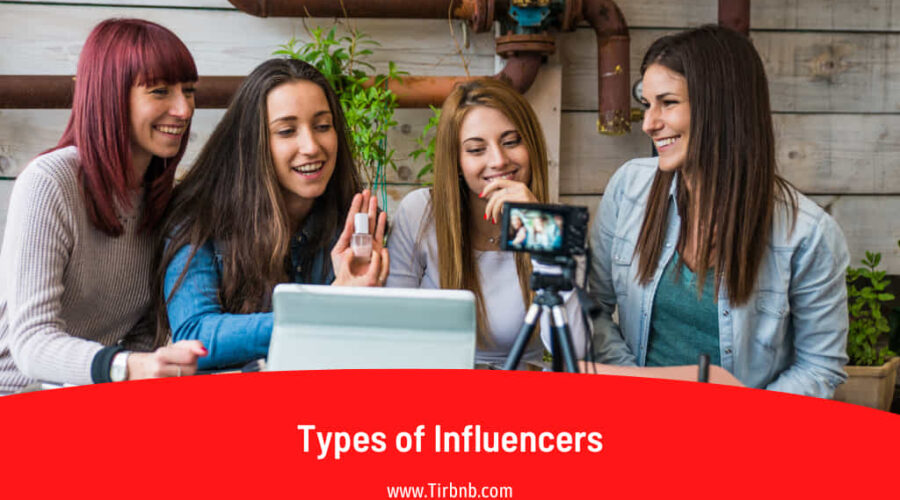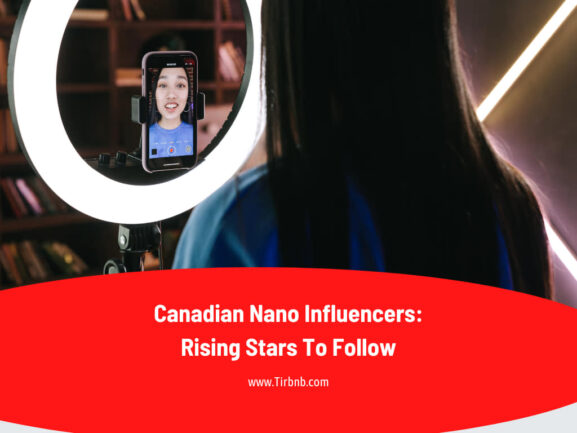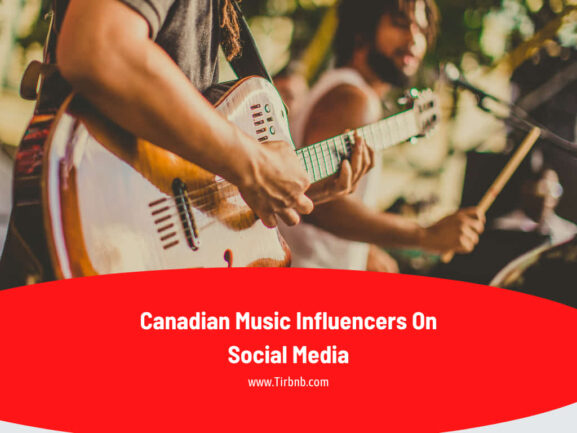Types of Influencers: A Complete Guide to 5 Influencer Tiers and 6 Categories
Influencer marketing isn’t just about follower counts; it’s about understanding the unique role each type of creator plays. Some influencers are trusted voices within a small community, while others speak to hundreds of thousands with polished content. Different types of influencers have their own strengths, challenges, and opportunities for brands.
It also helps to look beyond numbers and consider an influencer’s niche. A fashion influencer creates a very different kind of value than someone focused on tech or wellness.
In this guide, we will check different types and tiers of influencers. If you’re a brand looking to collaborate with influencers, we will also show you how to find influencers in Canada and build effective partnerships.
Influencer Tiers by Follower Count
One common way to categorize influencers is by their follower count. The 4 types of influencers by size are typically nano-influencers, micro-influencers, macro-influencers, and mega-influencers. Let’s break down each tier and compare them.
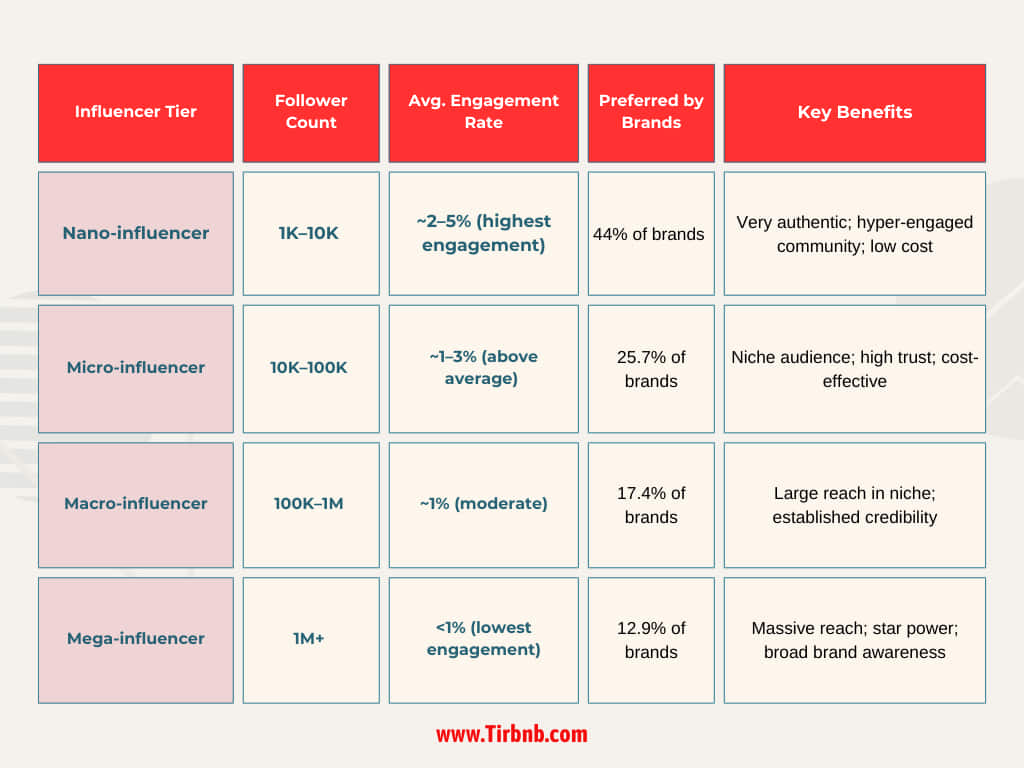
1. Nano-Influencers (1K–10K Followers)
Nano-influencers are the smallest tier of influencers, with roughly a few hundred up to 10,000 followers. These types of influencers are often everyday people who influence within a tight-knit community or niche.
Their audiences are usually people they know personally or fellow enthusiasts in a niche, so trust is high.
Pos
- Nano creators often have engagement rates of around 4–5%.
- Their content feels more “real” and relatable.
- For brands, nanos are cost-effective.
- They’re perfect for targeting specific local areas or tight niches.
Cons
- The obvious downside is limited reach.
- To scale campaigns, brands may need to work with dozens of nano influencers for a high reach.
- Since many nanos are new to partnerships, they might be less polished in content creation.
- Tracking ROI can be trickier if working with many small influencers.
2. Micro-Influencers (10K–100K Followers)
If a creator has 10k to 100k followers, they are categorized as Micro-influencers. They represent the next step up in audience size while still typically focusing on a particular niche or content theme.
Pros
- These types of influencers still maintain strong engagement, often in the ~2–3% range on Instagram. Most Canadian businesses choose Canadian micro influencers for collaboration.
- Micros also tend to be topic experts or enthusiasts
- From a cost perspective, micro-influencers are more affordable than macros/celebs while still offering decent reach.
Cons
- While micros have a broader reach than nanos, they are still limited compared to the true “stars.”
- Coordination can become an issue if you work with many micro-influencers at once.
- Quality and professionalism can vary. Some micros are very polished content creators, while others might not have professional workflows.
- There’s also competition since micro-influencers are in high demand for influencer campaigns.
3. Macro-Influencers (100K–1M Followers)
Content creators with large follower counts in the hundreds of thousands, up to around one million, are macro influencers. Many macros gained fame online, perhaps through YouTube, TikTok, or Instagram.
Pros
- The obvious advantage of macro-influencers is significant reach.
- They also usually have a well-defined personal brand and content style.
- Many macros have highly engaged communities, even if engagement rate percentages are lower than micros.
Cons
- High cost – Typical Canadian macro influencer fees range from $5,000 up to $50,000 per post
- Lower engagement rate
4. Mega-Influencers (1M+ Followers)
At the top of different types of influencers, we have megacreators who have over 1M followers. These include A-list celebrities, actors, musicians, star athletes, or ultra-famous YouTubers and TikTokers.
Pros
- Massive reach and exposure are the primary benefits of mega-influencers.
- Mega-influencers also carry a significant cultural impact. Being endorsed by a top celebrity can rapidly build brand credibility and buzz.
Cons
- Cost is extremely high – Mega-influencers are often paid in the tens or even hundreds of thousands of dollars for a single post.
- Engagement and connection are also much lower.
- Additionally, mega influencers are harder to access and manage.
Types of Influencers by Niche
Another way to categorize different types of influencers is by their niche. Influencers can be grouped by the topics they focus on, such as fashion, fitness, tech, etc. Below, we describe several common influencer niches and what they mean for brands.
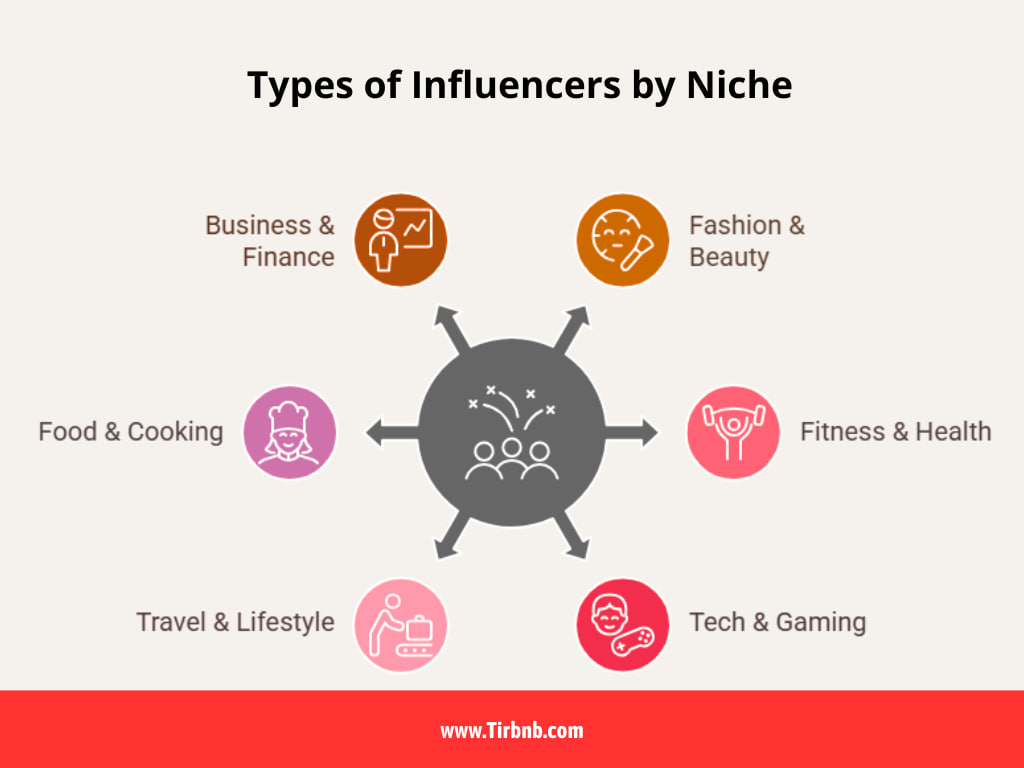
1. Fashion & Beauty Influencers
On platforms like Instagram, YouTube, and TikTok, fashion and beauty influencers showcase outfits, do makeup tutorials, review products, and set trends. Brands often collaborate with these influencers for product launches, lookbooks, or tutorials.
If you are a brand, there are many notable Canadian makeup influencers who can help your growth. Let’s take a quick look at some of them:
- Gurnaz Sandhu (@itsgurnaz)
- Emily Demian (@emily.demian)
- Aïcha Dramé (@aichadrame)
In case you are searching for Canadian fashion influencers to collaborate with, here are some popular stars.
- Sarah Nicole Landry (@thebirdspapaya)
- Patricia Jaggernauth (@patricia_j)
- Meytal Algranti (@stylehard)
2. Fitness & Health Influencers
Personal trainers, fitness models, yogis, runners, or nutrition and wellness advocates are categorized in this group of influencers. They create content around workouts, healthy living tips, diet plans, and motivation.
Fitness influencers often have very dedicated followers who look to them for guidance and inspiration.
If you are a brand looking for top Canadian fitness influencers to collaborate with, here are some top stars.
- Lyzabeth Lopez (@lyzabethlopez)
- Natasha Aughey (@natashaughey_)
- Diana Conforti (@dianaconforti)
3. Tech & Gaming Influencers
These are creators who focus on technology reviews, gadgets, software, and gaming content. Tech influencers might run popular YouTube channels reviewing the latest smartphones, laptops, etc.
Gaming influencers usually stream on Twitch or YouTube, showcasing gameplay and building communities around certain games.
For brands in electronics, apps, or gaming products, collaborating with influencers can be a great option. Let’s check out some of the top Canadian gaming influencers:
- Maria Lopez (@Chica)
- LastMinit (@lastminit_)
- Imane Anys (@pokimanelol)
4. Travel & Lifestyle Influencers
Travel influencers document their adventures around the world by posting stunning photos and vlogs from destinations. Lifestyle is a broader category that can cover travel, food, family, home decor, and daily life.
Brands in tourism, such as hotels, tourism boards, airlines, luggage makers, and camera equipment, can partner with travel influencers. Here are some of the top Canadian travel influencers who are available for collaborations:
- Caroline Foster (@wilderness_addict)
- Katherine Palumbo (@explore.ontario)
- Nadine Sykora (@heynadine)
Lifestyle influencers also work with home goods brands or family-oriented products. If you want to partner with Canadian lifestyle influencers, here are some of the best stars.
- Spencer Barbosa (@spencer.barbosa)
- Valeria Lipovetsky (@valerialipovetsky)
- Sarah Nicole Landry (@thebirdspapaya)
5. Food & Cooking Influencers
Now it’s time for food influencers who are really popular on social media these days. These influencers share recipes, cooking tutorials, restaurant reviews, and food photography.
Food influencers are great options for brands in the culinary space: ingredients, kitchen appliances, meal kits, restaurants, and grocery brands.
They can recommend restaurants to their followers, create a recipe using a sponsored ingredient, or show different tools on their account. Let’s check out some of the top Canadian food influencers:
- Carleigh Bodrug (@plantyou)
- Angela Liddon (@ohsheglows)
- Wallace Wong (@w2sixpackchef)
6. Business & Finance Influencers
Especially on LinkedIn, one of the fastest-growing niches is business and finance. Business influencers provide advice on entrepreneurship, investing, productivity, and career growth. They might be marketing experts, financial advisors, or successful entrepreneurs sharing knowledge.
Brands in B2B services, financial services, or software often partner with these influencers to reach professional audiences.
Tips on Collaborating with Different Types of Influencers
Working with influencers requires a thoughtful approach, and it can differ based on the type of influencer. Here are some tips and best practices to effectively collaborate with influencers at various levels.
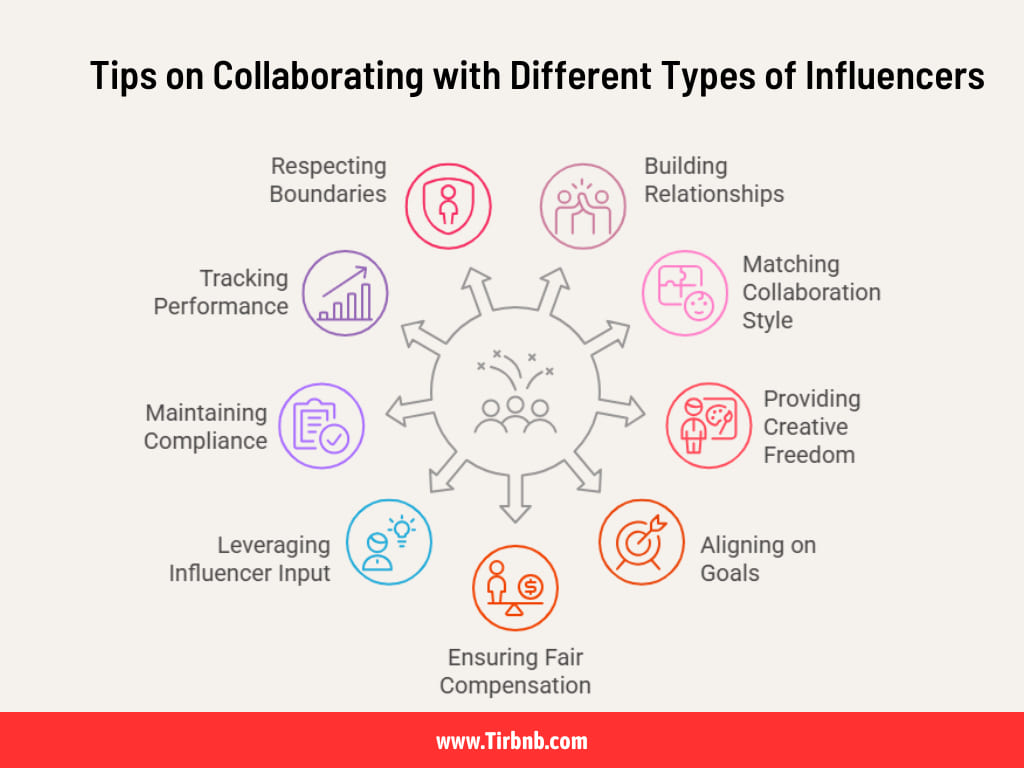
- Build Real Relationships: No matter the influencer’s size, approach the partnership as a relationship, not just a transaction. So, take time to engage with their content before reaching out.
- Match Collaboration Style to Influencer Tier: Nano and micro influencers may be new to brand deals, so be clear and supportive.
- Provide Creative Freedom: Influencers understand their audience best. While you should give them key messages or themes to hit, avoid heavy scripting.
- Align on Goals and Metrics Upfront: Communicate what you hope to achieve and how you’ll measure success.
- Be Fair with Compensation and Perks: Compensate influencers appropriately for their time and effort.
- Leverage Influencer Input and Knowledge: Particularly with niche influencers, treat them as partners who know the target audience.
- Ensure FTC/ASA Disclosure and Brand Alignment: In Canada and many other countries, influencers must disclose sponsored content clearly. Make sure your influencers know and follow the rules.
- Track Performance and Give Feedback: During and after the collaboration, monitor how the content is performing.
- Maintain Compliance and Respect Boundaries: When working with influencers, especially those who are essentially individuals, respect their personal boundaries.
Which Type of Influencer is Best for Your Business Goals?
Every influencer tier or type serves different marketing objectives. The best influencer for your brand depends on your specific goals. Let’s check what type of influencers is the best for achieving different business goals.
- Brand Awareness at Scale: If your primary goal is to get your name out to as many people as possible, focus on macro or mega influencers.
- Targeted Reach & Niche Markets: If your goal is to reach a specific demographic or niche, micro-influencers and nano-influencers in that niche are your go-to.
- Driving Engagement and Trust: To get strong audience interaction, discussion, or to build trust and credibility, micro and nano-influencers outperform larger ones.
- Boosting Sales/Conversions: When conversion is the goal, micros and some well-aligned macros tend to be best here.
- Content Creation and Branding: In this case, you might choose influencers based on their creative style.
- Local Footprint and Community Building: For local businesses or localized campaigns, using local influencers, often nano or micro, is key.
- Long-Term Brand Ambassadors: If your goal is to have consistent, long-term influencer representation, you’ll want to invest in relationships with a few influencers rather than one-offs
How to Find the Right Influencer for Your Brand
With millions of creators and different types of influencers out there, finding the perfect match for your brand can seem challenging. But the good news is that there are many influencer marketing tools that can help you. Let’s check one of the best options that is completely free.
Ainfluencer is the #1 free DIY influencer marketplace, and it’s particularly useful for brands looking to streamline influencer campaigns. On this platform,
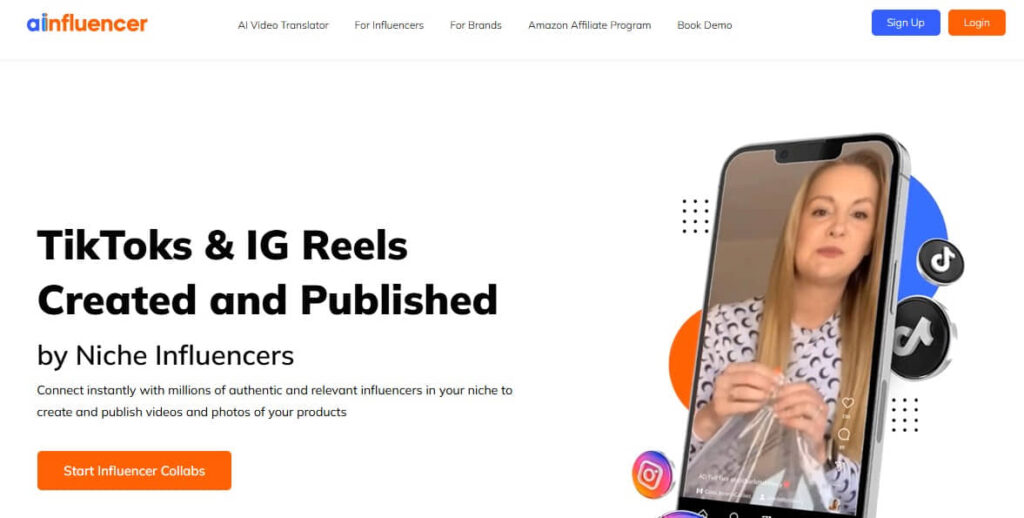
- You can create campaigns, discover unlimited influencers, and invite them to collaborate, all with unlimited usage at no cost.
- Ainfluencer gives you instant access to an extensive pool of influencers. You can search among over 5M creators across Instagram, TikTok, and YouTube.
- On Ainfluencer, you can create a campaign listing describing your brand, the collaboration offer, and the type of influencers you’re looking for.
- With the help of an AI-powered search tool and more than 20 advanced filters, you can easily find your influencer match.
- Ainfluencer offers an escrow payment system that adds security for both parties.
- Moreover, this platform leverages AI to vet influencers and detect fake engagement or followers.
- View influencers’ past collaborations, latest account insights, and past collaborations.
- Create unlimited campaigns, invite as many influencers as you want, and manage all campaigns in one place.
Ainfluencer is particularly great for small to mid-sized brands that want to run micro-influencer or nano-influencer campaigns at scale. Instead of hiring an expensive agency, you can DIY it easily.
The best part is that using these tools for brands is completely free. So what are you waiting for? Join Ainfluencer for free now and start your growth.
Conclusion
Choosing the right influencers for your brand isn’t just about numbers; it’s about finding creators who genuinely connect with their audience and align with your values. Whether you’re aiming for broad exposure or deep engagement within a niche, there are different types of influencers that fit your goals.
And with tools like Ainfluencer, discovering and working with the right creators is easier than ever. It’s time to turn those followers into real results.
FAQs
1. How Do I Know Which Influencer Tier Is Right For My Brand?
It depends on your goals. If you’re aiming for local reach and higher engagement, nano or micro-influencers are great. For larger campaigns with broader exposure, macro or mega-influencers might be a better fit. Think about your budget, audience, and the kind of connection you want to build.
2. Are Micro-influencers Actually Effective?
Yes! Micro-influencers often have highly engaged audiences who trust them. They may not have the biggest numbers, but their followers are usually very tuned in, making them ideal for niche marketing.
3. Do I Need a Big Budget to Work With Influencers?
Not at all. You can start small by partnering with nano or micro-influencers, many of whom are open to product exchanges or modest fees. With tools like Ainfluencer, you can even manage these campaigns without spending anything on platform fees.
